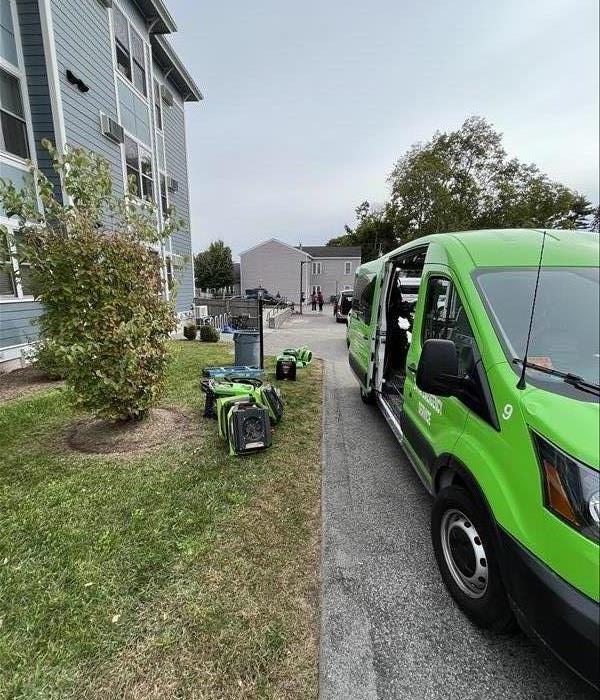Understanding the Relationship Between Mold and Water Damage
7/10/2024 (Permalink)
 We explore the connection between mold and water damage and provide insights into how to address both issues effectively.
We explore the connection between mold and water damage and provide insights into how to address both issues effectively.
Mold and water damage often go hand in hand, creating a symbiotic relationship that can wreak havoc on homes and businesses. Understanding how mold thrives in damp environments and how water damage contributes to its growth is essential for effective prevention and remediation. In this blog post, we'll explore the connection between mold and water damage and provide insights into how to address both issues effectively.
The Role of Water Damage in Mold Growth
Water damage provides the ideal conditions for mold to flourish. Whether it's from a burst pipe, roof leak, or flooding, excess moisture can seep into building materials and create a breeding ground for mold spores. Here's how water damage contributes to mold growth:
Moisture Accumulation
Water damage leads to the accumulation of moisture in building materials such as drywall, wood, and insulation. This moisture creates the perfect environment for mold spores to germinate and multiply.
Poor Ventilation
Areas affected by water damage often have poor ventilation, further exacerbating the problem. Without adequate airflow, moisture becomes trapped indoors, increasing the likelihood of mold growth.
Organic Substrates
Water-damaged materials provide organic substrates for mold to feed on. As mold spores settle on damp surfaces, they begin to digest organic matter, breaking it down and spreading throughout the affected area.
Preventing Mold Growth in Water-Damaged Areas
Prompt Water Removal
The key to preventing mold growth after water damage is to remove excess moisture promptly. This may involve extracting standing water, drying out affected materials, and utilizing dehumidifiers to reduce indoor humidity levels.
Thorough Drying
Ensure thorough drying of water-damaged areas to prevent lingering moisture that could fuel mold growth. Use fans, heaters, and specialized drying equipment to expedite the drying process and mitigate the risk of mold contamination.
Mold Inhibitors
Consider applying mold inhibitors or antimicrobial treatments to water-damaged surfaces to prevent mold growth. These products can help inhibit the growth of mold spores and protect against future infestations.
Addressing Mold Growth in Water-Damaged Areas
Professional Inspection
If mold growth is suspected in water-damaged areas, it's essential to seek professional inspection and remediation services. Trained technicians can assess the extent of the mold problem, identify underlying moisture issues, and recommend appropriate remediation measures.
Mold Remediation
Professional mold remediation involves the safe and thorough removal of mold-contaminated materials. Specialized equipment and techniques are used to contain mold spores, remove affected materials, and restore the indoor environment to a clean and mold-free state.
Preventative Measures
Once mold remediation is complete, it's crucial to implement preventative measures to prevent future mold growth. This may include repairing leaks, improving ventilation, and maintaining indoor humidity levels within recommended ranges.
Mold and water damage share a symbiotic relationship, with excess moisture providing the perfect breeding ground for mold growth. By understanding the connection between mold and water damage and taking proactive measures to address both issues, homeowners and business owners can safeguard their properties against mold contamination and maintain a healthy indoor environment. If you're dealing with mold or water damage, don't hesitate to contact a professional restoration company like SERVPRO® for expert assistance.





 24/7 Emergency Service
24/7 Emergency Service